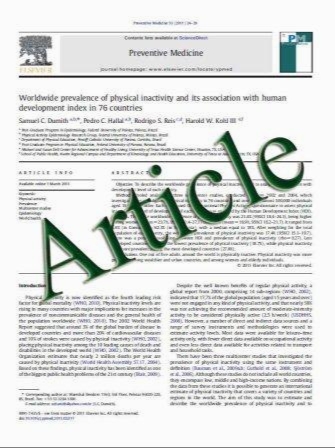The efficacy of laparoscopic uterosacral nerve ablation (LUNA) in the treatment of unexplained chronic pelvic pain: a randomized controlled trial
- نوع فایل : کتاب
- زبان : انگلیسی
- مؤلف : Hossam El-Din Shawki
- چاپ و سال / کشور: 2010
Description
The aim of this work is to explore the efficacy , safety, and patients' satisfaction of laparoscopic uterosacral nerve ablation (LUNA) in relief of pain in women with chronic pelvic pain in whom diagnostic laparoscopy reveals either no pathology or mild endometriosis (AFS score .5). The study was a prospective, single-blind, randomized trial with 12 months follow-up. It was conducted at the endoscopy unit of the Gynecology Department of El Minia University Hospital, Egypt. One hundred ninety Egyptian women consented to participate in the study. These eligible patients were randomized using computer-generated tables and were divided into two equal groups, including the control group (diagnostic laparoscopy with no pelvic denervation) and the study group (diagnostic laparoscopy plus LUNA). Diagnostic laparoscopy with or without laparoscopic uterosacral nerve ablation was done. There were no statistically significant difference between both groups regarding the efficacy and the overall success rate (between group I and group II, it was 77.64%, 76.47%, and 74.11% versus 79.06%, 75.58%, and 73.25% at 3, 6, and 12 months, respectively) and the cumulative patients' satisfaction rate (it was 74.11%, 74.11%, and 71.76% versus 75.58%, 75.58%, and 72.09% at 3, 6, and 12 months between group I and group II, respectively; P.0.05). There was no statistically significant difference between both groups as regards the effectiveness of LUNA in the treatment of primary (spasmodic) and secondary (congestive) dysmenorrhea (P.0.05), while there was a statistically significant difference between both groups in the treatment of dyspareunia (P.0.05). LUNA can be a last alternative option in well-selected patients for control of chronic pelvic pain without endometriosis; however, its effectiveness may not extend to other indications. Also, preliminary experience in the treatment of primary deep dyspareunia presents a promising perspective on the management of deep dyspareunia, especially if it will involve a team of social, psychological, and gynecological specialists.
Gynecol Surg (2011) 8:31–39 DOI 10.1007/s10397-010-0612-1 Received: 14 March 2010 / Accepted: 6 July 2010 / Published online: 7 August 2010


